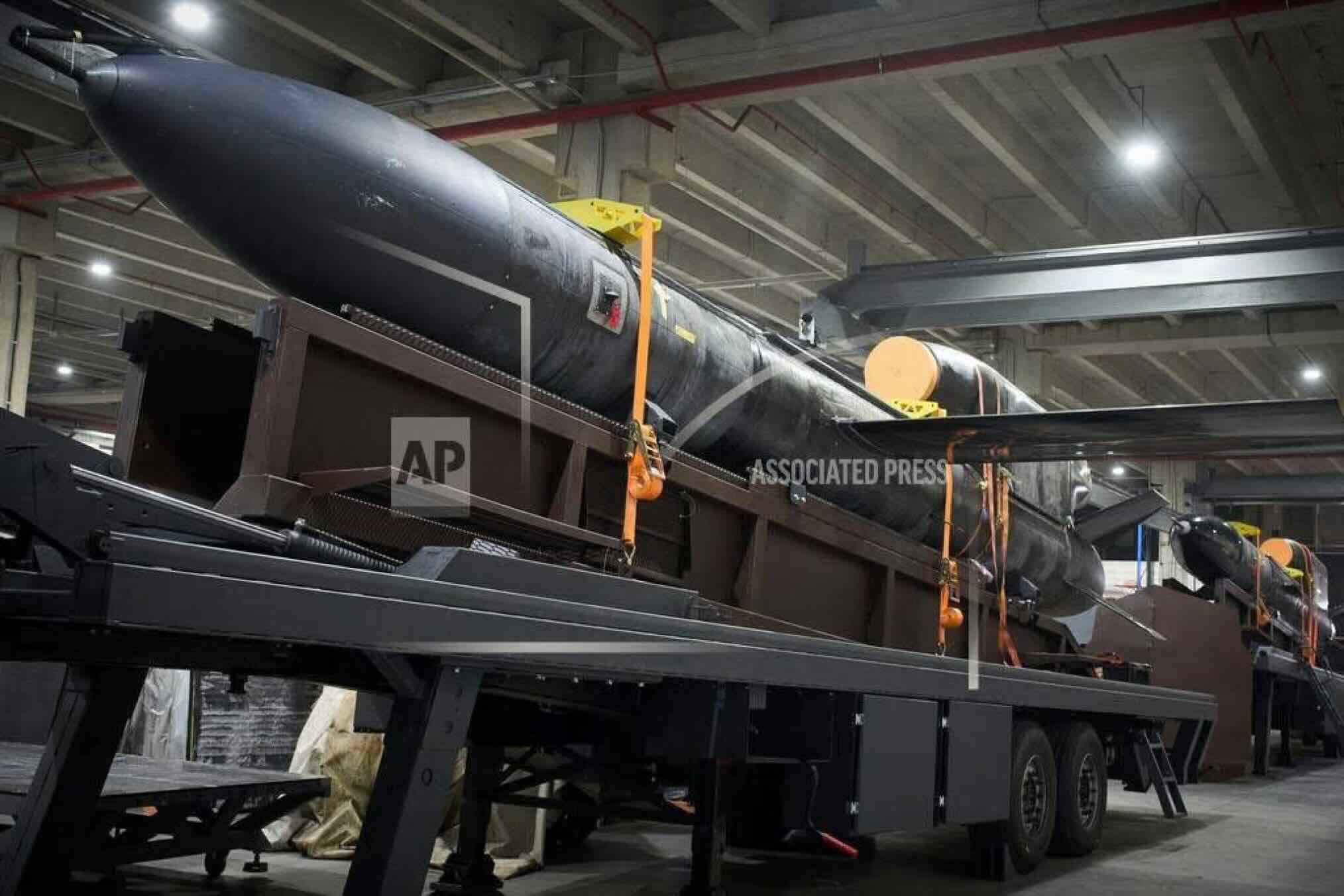


Speaking to journalists on 9 October, Zelenskyy confirmed the combined employment of the weapons system over “the last week”, declining to specify quantities but stressing that the effect was measurable. His remarks mark the first official acknowledgment that the two systems are being used together in live strikes.
Neptune, developed in Ukraine as an anti-ship weapon and later adapted for land-attack roles, has previously been linked to strikes on Russian naval assets. Flamingo, a new ground-launched cruise missile produced by the Ukrainian company Fire Point, is reported to have a range of about 3,000 km. First images of Flamingo emerged in mid-August, with Ukrainian officials and the manufacturer indicating that serial production had begun and was scaling up through September. Fire Point’s chief technical officer, Iryna Terekh, has said production rose from roughly 30 missiles in August to around 50 per month in September.
Zelenskyy linked the Neptune–Flamingo pairing to a wider campaign of long-range strikes using Ukrainian-made missiles and drones against military and energy infrastructure. He said the Palianytsia rocket-drone had “in dozens of cases” hit Russian ammunition depots, and that the Ruta missile-drone recently struck an offshore platform more than 250 km from Ukraine. He also cited massed operations using the Liutyi family of drones and Fire Point systems, with up to 300 units employed in a single operation, arguing that sites such as Ust-Luga and Primorsk on Russia’s Baltic coast are within reach.
Recent reporting supports the claim that Russia’s western oil export hubs have come under increasing pressure. On 12 September, a Ukrainian drone attack forced a suspension of loadings at the Primorsk oil terminal, according to industry sources and Ukrainian officials. Separate accounts the same day said operations at Primorsk were disrupted and that pumping stations feeding crude to Ust-Luga were also targeted. Moscow reported intercepting dozens of drones but acknowledged large-scale assaults across multiple regions.
International outlets have also carried Ukrainian assessments that the cumulative impact of these strikes has been to strain Russian fuel supplies. In comments published on 9 October, Zelenskyy said new long-range missiles and drones were contributing to shortages inside Russia by hitting energy facilities and depots. While those claims cannot be independently verified, Russia has faced repeated fires and temporary shutdowns at oil infrastructure following drone and missile incidents since early September.
The Flamingo programme has moved rapidly from revelation to reported operational use. Photographs taken by Associated Press photographer Efrem Lukatsky at a concealed site in Ukraine in mid-August showed airframes described as Flamingo missiles, prompting officials to confirm the system’s existence. Subsequent commentary from Ukrainian sources suggested the platform is designed for low-altitude flight and long-range precision against hardened targets. In early October, Ukrainian and international media reported that Flamingo had already been used in strikes inside Russia, with production rates described as two to three units per day and plans to expand to as many as seven per day by late October, although figures vary by source and remain subject to wartime secrecy.
Zelenskyy’s latest remarks place Flamingo within a layered domestic arsenal that now includes cruise missiles, repurposed anti-ship systems, turbojet rocket-drones and swarming uncrewed aircraft. The Palianytsia system, referenced as achieving “dozens” of successful depot strikes, has been highlighted alongside Liutyi drones in recent large-scale operations. The president characterised the recent week as one in which Ukrainian-made systems were used in combination to produce results “that can be analysed independently,” signalling an intent to let observable outcomes on the ground speak to effectiveness while avoiding detailed disclosures.
For Ukraine, the emphasis on domestic weapons serves both operational and strategic purposes. Kyiv has repeatedly said it aims to supply a larger share of its front-line requirements from national industry and to expand exports where possible to finance further acquisitions. Officials have pointed to increased monthly output of artillery systems and munitions alongside the ramp-up of long-range strike capabilities. As with previous disclosures, however, precise performance data for Flamingo and details of the Neptune–Flamingo pairing remain limited, reflecting operational security constraints and the fluidity of wartime production.
Taken together, Zelenskyy’s confirmation indicates that Ukraine is seeking to integrate indigenous cruise missiles with existing systems to extend strike depth. The reported disruption at Primorsk and other energy-related facilities, combined with acknowledged inland hits on ammunition storage, suggests that Kyiv intends to maintain pressure on Russian logistics and fuel networks through the autumn. The extent to which these strikes degrade Russia’s operational tempo will depend on sustained production, successful penetration of air defences, and the ability to coordinate mixed salvos—precisely the approach implied by the Neptune–Flamingo pairing now in use.
You must be logged in to post a comment.
The West Cannot Afford to Flinch: Ukraine’s Fight Is Our Fight